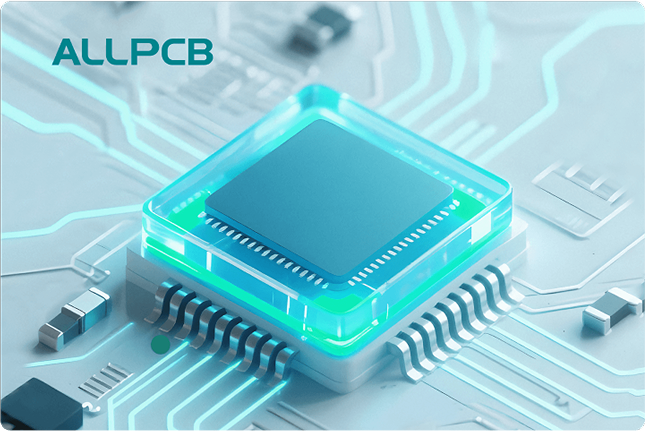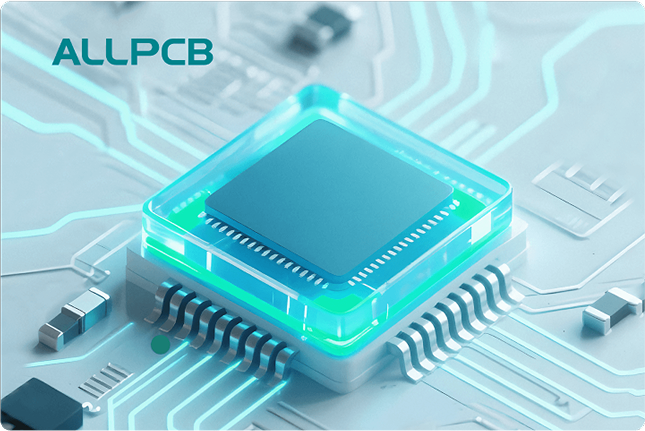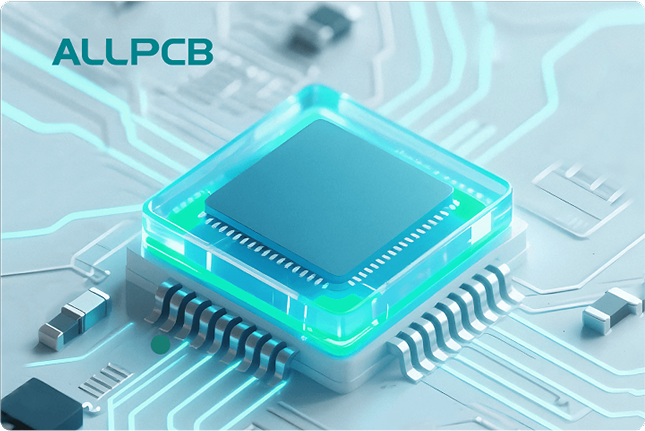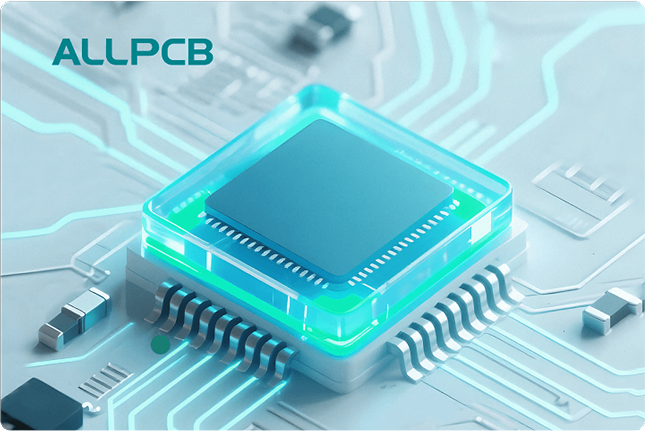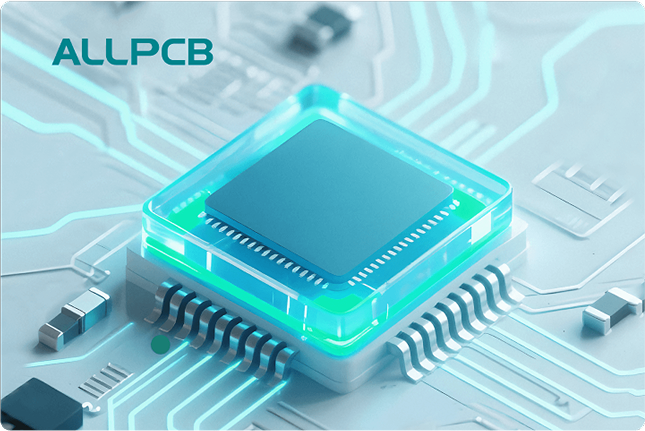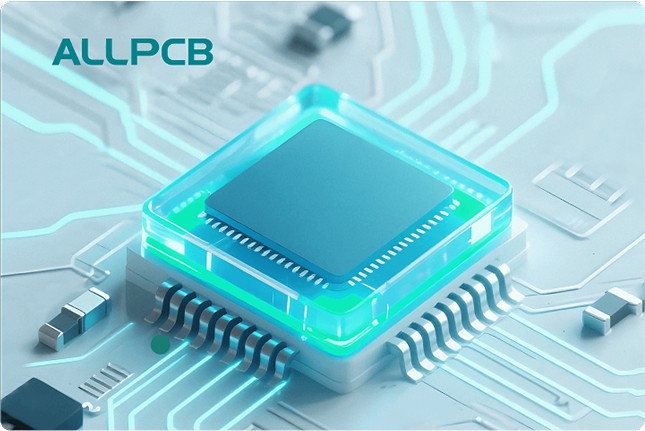In the fast-paced world of PCB manufacturing, efficiency and precision are critical for success, especially in high-volume production. Stencil printer automation stands out as a game-changer, streamlining the solder paste application process in Surface Mount Technology (SMT) lines. By integrating automatic stencil printer advantages, manufacturers can achieve faster production cycles, reduce errors, and improve overall output quality. Additionally, SMT line automation enhances workflow, while a focus on stencil printer ROI ensures that investments in automation deliver measurable financial returns. In this blog, we’ll dive deep into how stencil printer automation transforms high-volume PCB manufacturing, exploring its benefits, integration into SMT lines, and long-term cost savings.
What Is Stencil Printer Automation and Why Does It Matter?
Stencil printer automation refers to the use of advanced machinery to apply solder paste onto printed circuit boards (PCBs) with minimal human intervention. Unlike manual or semi-automated processes, an automatic stencil printer operates with precision through programmed controls, ensuring consistent paste deposition across thousands of boards. This technology is a cornerstone of modern SMT lines, where speed and accuracy directly impact production outcomes.
In high-volume PCB manufacturing, even small inefficiencies can lead to significant delays and costs. Automation eliminates these bottlenecks by reducing manual labor, minimizing errors, and speeding up the process. For manufacturers handling large orders, adopting automated stencil printers is not just an upgrade—it’s a necessity to stay competitive in a demanding market.
Key Benefits of Automatic Stencil Printers
Let’s break down the automatic stencil printer advantages that make them indispensable for high-volume production:
- Precision and Consistency: Automated stencil printers apply solder paste with exact measurements, ensuring uniform deposits across every PCB. This reduces defects like insufficient or excessive paste, which can cause soldering failures. For instance, modern printers can achieve paste thickness variations of less than ±10 micrometers, critical for fine-pitch components.
- Speed: High-speed operation is a hallmark of automation. A fully automated stencil printer can process hundreds of boards per hour, compared to manual methods that might handle only a fraction of that volume. This is vital for meeting tight production deadlines in high-volume environments.
- Reduced Labor Costs: By minimizing the need for skilled operators to oversee every step, automation cuts down on labor expenses. A single technician can monitor multiple machines, freeing up resources for other tasks.
- Lower Error Rates: Human error, such as misalignment or uneven paste application, is common in manual processes. Automated systems use vision alignment and sensors to ensure accurate stencil-to-board registration, reducing scrap rates by up to 30% in some cases.
- Scalability: Automated stencil printers are designed to handle increasing production volumes without sacrificing quality. This scalability makes them ideal for manufacturers looking to expand operations.
How SMT Line Automation Enhances Stencil Printing
SMT line automation takes the benefits of stencil printer automation to the next level by integrating all stages of PCB assembly into a seamless, synchronized process. An SMT line typically includes stencil printing, component placement, reflow soldering, and inspection—all of which can be automated for maximum efficiency. When stencil printing is automated within this ecosystem, it sets the foundation for downstream processes to run smoothly.
Integration with SMT Line Automation
In a fully automated SMT line, the stencil printer communicates with other equipment to ensure a continuous workflow. For example:
- Real-Time Data Sharing: Automated stencil printers can send data to downstream machines, such as pick-and-place systems, to adjust for any variations in paste application. This prevents component misalignment and improves overall assembly accuracy.
- Automated Inspection: Many modern stencil printers come with built-in 2D or 3D solder paste inspection (SPI) systems. These tools automatically check paste coverage and volume after printing, flagging any issues before the board moves to the next stage. Studies show that SPI can reduce soldering defects by up to 50% in high-volume runs.
- Continuous Operation: Automated SMT lines, including stencil printers, can run 24/7 with minimal downtime. This capability is essential for manufacturers producing tens of thousands of PCBs daily, ensuring consistent output even during peak demand.
The synergy between stencil printer automation and SMT line automation creates a production environment where every step is optimized for speed, precision, and reliability. This not only boosts throughput but also enhances product quality, giving manufacturers a competitive edge.
Calculating Stencil Printer ROI: Is Automation Worth the Investment?
While the benefits of automation are clear, many manufacturers hesitate due to the upfront costs of equipment and setup. However, focusing on stencil printer ROI reveals that the long-term savings and productivity gains often outweigh the initial investment. Let’s explore how to evaluate the return on investment for automated stencil printers in high-volume PCB manufacturing.
Factors Influencing Stencil Printer ROI
Several factors contribute to the financial benefits of adopting automated stencil printers:
- Reduced Scrap and Rework: Defects in solder paste application can lead to costly rework or scrapped boards. Automation reduces these issues, saving materials and labor. For example, a manufacturer producing 10,000 boards monthly might save $5,000 or more per month by cutting scrap rates from 5% to 2%.
- Increased Throughput: Faster printing speeds translate to higher production volumes. If an automated printer processes 500 boards per hour compared to 100 with a manual system, the output increase directly impacts revenue. Assuming a profit of $2 per board, this could mean an additional $800 per hour in earnings.
- Labor Savings: Automation reduces the need for multiple operators. If a manual process requires three workers per shift at $20 per hour, switching to automation could save $60 per hour or $1,440 per 24-hour production cycle.
- Downtime Reduction: Automated systems often include features like automatic stencil cleaning and quick changeovers, minimizing downtime between runs. This can save hours of production time weekly, further boosting profitability.
Sample ROI Calculation
Let’s consider a hypothetical scenario for a high-volume PCB manufacturer:
- Initial Cost: An automated stencil printer costs $100,000, including installation and training.
- Monthly Savings: Reduced scrap saves $5,000, labor savings amount to $10,000, and increased throughput adds $15,000 in additional profit.
- Total Monthly Benefit: $30,000 in savings and added revenue.
- Break-Even Point: At $30,000 per month, the investment is recovered in just over 3 months ($100,000 ÷ $30,000 = 3.33 months).
After the break-even point, the manufacturer continues to gain $30,000 monthly, demonstrating a strong stencil printer ROI. These numbers will vary based on production volume, equipment cost, and operational specifics, but the principle remains: automation often pays for itself quickly in high-volume settings.
Challenges of Implementing Stencil Printer Automation
While the advantages are compelling, adopting stencil printer automation isn’t without challenges. Understanding these hurdles can help manufacturers prepare and maximize the benefits of their investment.
- High Initial Costs: As mentioned, the upfront cost of automated equipment can be significant, especially for smaller manufacturers. Budgeting and financing options can help mitigate this barrier.
- Training Needs: Staff must be trained to operate and maintain automated systems. While this requires time and resources, well-trained personnel ensure optimal performance and prevent costly errors.
- Integration Complexity: Incorporating a new stencil printer into an existing SMT line may require adjustments to workflows or additional equipment upgrades. Planning and consultation with automation experts can streamline this process.
- Maintenance Requirements: Automated systems need regular maintenance to prevent breakdowns. However, many modern printers include self-diagnostic features to simplify upkeep.
By anticipating these challenges and addressing them proactively, manufacturers can ensure a smooth transition to automated stencil printing and reap the full benefits of SMT line automation.
Best Practices for Maximizing Efficiency with Automated Stencil Printers
To get the most out of stencil printer automation, manufacturers should follow these best practices:
- Regular Calibration: Ensure the printer is calibrated frequently to maintain precision. Misalignment by even 0.1 mm can lead to paste application errors, especially for fine-pitch components.
- Quality Stencils: Invest in high-quality stencils with precise apertures. Poor stencil design can undermine even the best automated systems, leading to inconsistent paste deposits.
- Solder Paste Selection: Use solder paste with a long stencil life (at least 4 hours) to prevent drying or clogging during extended runs. Check manufacturer specifications to match paste properties with printer capabilities.
- Monitor SPI Data: Leverage solder paste inspection data to identify and correct issues early. Automated SPI systems can analyze paste volume at multiple points per second, ensuring consistent quality.
- Optimize Changeovers: Use quick-change features and pre-programmed settings to minimize downtime between different PCB designs. This is especially important in high-mix, high-volume environments.
Future Trends in Stencil Printer Automation
The field of stencil printer automation is evolving rapidly, driven by advancements in technology and the growing demand for smaller, more complex PCBs. Here are some trends to watch:
- AI and Machine Learning: Future stencil printers may use artificial intelligence to predict and adjust for variables like paste viscosity or environmental conditions, further improving accuracy.
- IoT Integration: Internet of Things (IoT) connectivity will enable stencil printers to communicate seamlessly with other equipment in the SMT line, optimizing the entire production process in real time.
- Energy Efficiency: Newer models are being designed to consume less power, reducing operational costs and supporting sustainable manufacturing practices.
- Support for Miniaturization: As components continue to shrink, automated stencil printers are adapting to handle ultra-fine pitch applications, with aperture sizes as small as 0.2 mm.
Staying ahead of these trends ensures that manufacturers remain competitive and prepared for the next wave of innovation in PCB production.
Conclusion: Unlocking the Power of Automation in PCB Manufacturing
Stencil printer automation is a transformative force in high-volume PCB manufacturing, offering unparalleled efficiency, precision, and cost savings. The automatic stencil printer advantages—from faster production to reduced errors—make it a vital tool for scaling operations. When integrated into SMT line automation, it creates a cohesive, high-performing production system that meets the demands of modern electronics manufacturing. Moreover, a clear focus on stencil printer ROI demonstrates that the investment pays off through reduced costs and increased output.
For manufacturers looking to stay ahead, embracing automation is not just an option but a strategic move. By adopting best practices and preparing for emerging trends, businesses can maximize the benefits of automated stencil printers and build a foundation for long-term success. At ALLPCB, we’re committed to supporting your journey with cutting-edge solutions tailored to high-volume production needs. Let’s build the future of PCB manufacturing together.
 ALLPCB
ALLPCB


